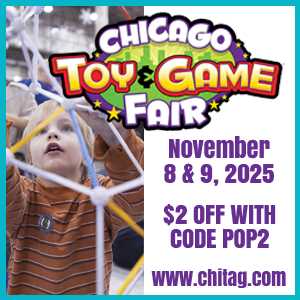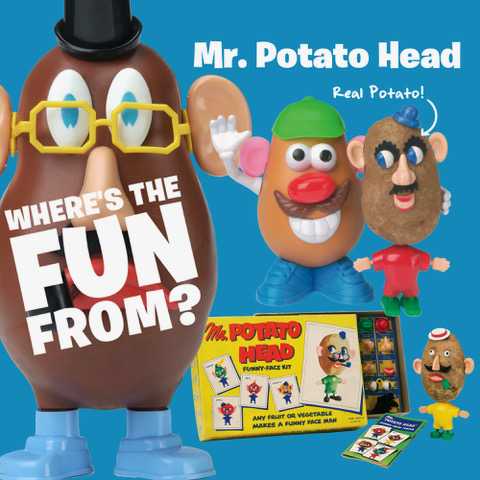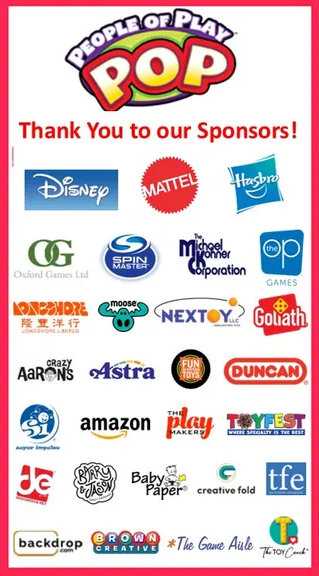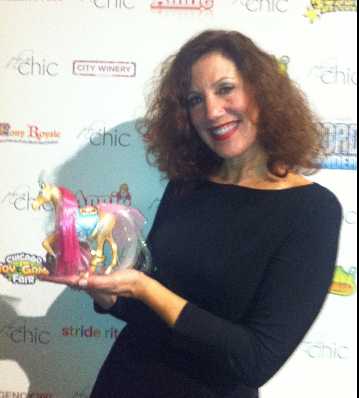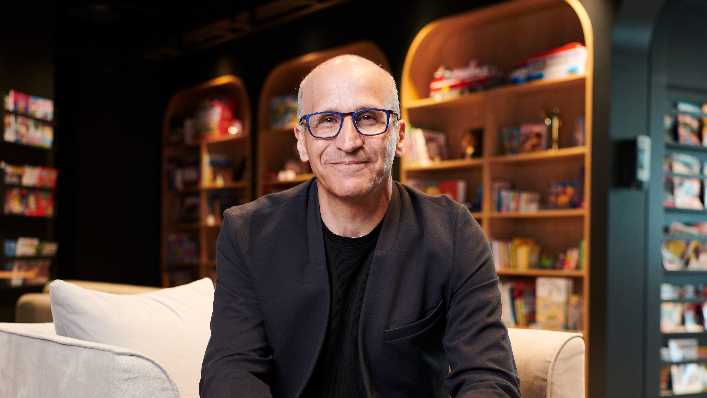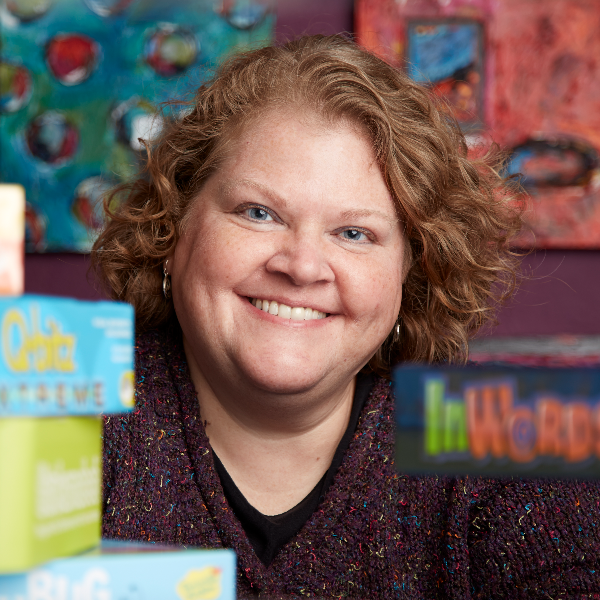Michelle Spivak: Tips for Brand, Private Label and License Guides for Product Development and Packaging
by The Bloom Report | 21 Nov 2023
Industry Commentary, Op-Ed

Highlights of longer article below...
In the world of consumer goods, including toys and games, companies utilize branded, private label, and/or licensed guides for product development and packaging. Branded guides are crafted in-house, private label brands belong to retailers, and licensors have their own guides. To illustrate the distinctions, let me draw on examples from brands I've worked with in the past.
Take "Just My Style," a tween brand created by the designers at my former workplace. Products bearing this brand would be presented to retailers by the sales team, and upon approval, the retailers would stock the items. Now, let’s take Creatology. This is a private label brand for the arts and crafts retailer, Michael’s. When you visit the store, you may notice similar products with different packaging, including well-known brands alongside the retailer's private label. Retailers often commission external companies to create products under their private label.
Finally, we have licensed guides. Licensed guides are distributed to companies with licensing agreements, wherein companies pay the licensor for the rights to use the license. The licensor provides a guide to these companies, either as a PDF or through a portal with downloadable assets. Some licensors update their guides seasonally or yearly, while others have less frequent changes.
Branded guides are more straightforward in application. An art director or designer usually develops the brand's look, incorporating elements like logos, colors, fonts, phrases, patterns, and illustrations. Assets created for the brand are then applied to various products and packaging.
With licensed guides, the assets are already created which means there’s more time to focus on how to best utilize the assets. However, the process of getting a file ready for printing or molding could be a long one. Some licensors can take three weeks or longer to approve a first-round submission. If the licensor asks for changes, those changes need to be made and a new submission must be provided. Often times a file will go through three or more rounds of submissions before getting final approval.
Here are some do's and don'ts when working with licensing guides:
Do’s:
- Read and adhere to the rules in the guide. Breaking rules may result in approval denial.
- Familiarize yourself with the license characters. Use well-known characters and appropriate assets.
- Match Pantone colors accurately. Colors play a significant role in maintaining brand identity.
- Get creative within the rules. Add your own patterns, designs, or scenes while adhering to guidelines.
- Double-check submissions. Approval can take time, so try to get things right the first time to avoid delays.
Don’ts:
- Don't use licensed artwork outside your agreement. Obtain a new licensing agreement for new product categories.
- Don't present ideas with outdated guides. Retailers expect what they see, so use the most recent guide available.
- Don't use unsupported factories. Ensure factories align with licensors' standards, especially regarding ethical practices.
- Don't push back against licensor decisions. Convince through examples rather than arguments.
- Don't send files for production without approval. Tight deadlines shouldn't compromise licensor approval.
In any working partnership, there's a learning curve. These do's and don'ts are insights I've gained from my experience as a designer in various consumer goods companies. Keep in mind that your experience may differ, but the key takeaway is to follow the rules set by the licensor diligently.
More detailed version...
In the world of consumer goods, including toys and games, companies utilize branded, private label, and/ or licensed guides for product development and packaging. Branded guides are crafted in-house, private label brands belong to retailers, and licensors have their own guides. To illustrate the distinctions, let me draw on examples from brands I've worked with in the past.
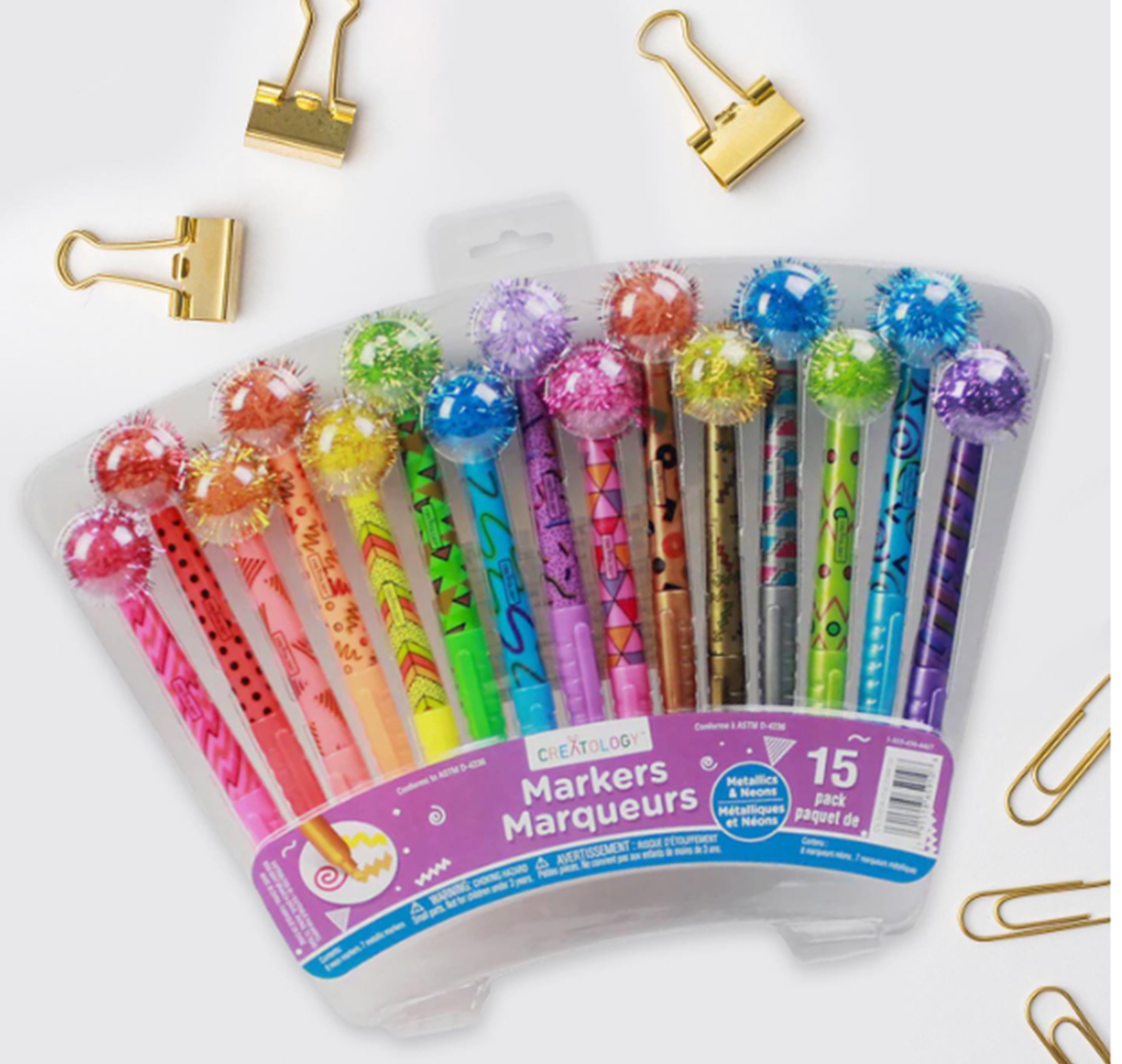
“Just My Style” is a tween brand that designers at my former workplace created. We would design products under this brand and then the sales team would pitch the products to retailers. If a retailer approves them, they’ll carry the products. When you walk into a store, you can find several similar products but under different brands. Mixed in with these brands, is the retailer’s own private label brand. For example, Michael’s, the arts and crafts store, carries brands that are more well known, like Crayola and Cra-Z-Art, but they also have their own brand called Creatology. Retailers will many times ask outside companies to come up with products for them using their private label brand.
Now, let's dive into licensed guides. Private label and licensed guides go fairly hand in hand so I’ll be sticking with just licensing guides from this point on. A licensor is a company like Disney. Licensors distribute their guides to companies that have licensing agreements with them, wherein companies pay the licensor for the rights to use the license. The licensor will either send out a pdf or have a portal that these companies can log into to view their updated guides. Some licensors change their guides every year, or even a couple times a year for different seasons or holidays. Others can go several years without changing out their guide.
Branded guides are more straightforward in application. An art director or designer develops the brand's look, incorporating elements like logos, colors, fonts, phrases, patterns, and illustrations. Assets created for the brand are then applied to various products and packaging. If there's time, the artwork for a branded guide will be made from scratch, but if time is of the essence, companies will utilize stock sites which the designers have access to. The designer will download images and modify them to make them different. Once a brand is created, the assets are then applied to various products and packaging.
Licensor guides involve more steps before a file is ready for printing or molding. On the plus side, licensing guides have their assets already created. It's then up to the designer to layout the assets in a way that works for the product. For a 3D molded product, the designer can usually pick a character from the guide and give it dimension. Designers can also create their own artwork that embellishes the product while fitting in with the aesthetic of the licensed guide. So there's still plenty of room for creativity with licensing guides. The tricky part, however, is getting approval. Some licensors allow more freedom than others when it comes to how their artwork is used. Others have very strict rules. And some approvals take longer than others.
Here are some do's and don'ts when working with licensing guides:
Do’s:
- Read and adhere to the rules in the guide.If you submit a design that breaks a rule, approval will not be granted. Designers need to be aware of what they can and can't do to the artwork provided in a guide. Some common rules are:
- Keeping stroke weights the same if applicable
- Keeping characters and props proportionate to one another
- No flipping of the character (you can't change the way a character is facing by flipping them over)
- Place the correct legals on all component pieces, labels, and packaging
- Familiarizeyourself with the characters of the license. When artwork is being designed for a product and more than one character, or asset, is involved, it's important to A) Use characters most well known for the license to drive the most amount of sales and B) Use characters with props, symbols, phrases, or other characters that make sense for them. For instance, you wouldn’t pair an image of Darth Vader with the phrase “Do or do not, there is no try”. Yoda would be mad! Or you wouldn’t showcase Snow White and the Evil Queen as being buddies. They may be fictional characters, but who or what they’re associated with still matters.
- Match the Pantone colors as best as possible. Colors are huge part of a guided brand. If a mustard yellow is used instead of a bright yellow, a licensor can and will deny approval
- Get creative, as long as you’re still adhering to the rules. While you can’t make major changes to the characters in the guide, you can still create your own patterns, designs, icons, and scenes that fit the feel of the guide. Or sometimes you can combine elements from different guides and just change the colors to make everything cohesive. The licensor will let you know if they don’t approve.
- Doublecheck submissions. Approvals can take a long time-sometimes three weeks or longer (the first round is usually the longest). While licensors often find something they want to change (it’s common for a file to go through three rounds of submissions before approval, more or less), it’s still important to try to get as many things right the first time. It looks careless to catch a mistake after a submission has gone out and then send out a new submission. Once in a while it’s ok, but if it becomes habit, it could ruin your reputation with the licensor. Sometimes even without breaking any guides rules though, the licensor will still ask for changes. For instance they could ask for a different legal line to be used or ask to change the arrangement or the characters used in a design. That’s common. The important thing is just to make any fixes needed as quickly as possible.
Don’ts:
- Don’t apply licensed artwork to products that are in categories that are not in your licensing agreement. If you’re selling toys and decide you want to add merchandise to your inventory, you will need a new licensing agreement made.
- Don't present an idea to a retailer using an outdated guide. Retail buyers want what they see. If you present a product that uses outdated artwork, and the retailer likes it, that’s what the retailer is expecting to get. However, once you submit the artwork for approval by the licensor, they will ask you to change the guide if there’s a newer one available. If a new guide just came out though, the licensor may still approve the older guide.
- Don't use unsupported factories. Some licensors are very particular about the kind of manufacturers they approve of. For instance, Disney and Lucasfilm won’t work with factories that don’t have child labor laws in place. You would think most factories would be against child labor, but it’s still common in China where a lot of products are made.
- Don't try to push back. If a licensor tells you that you can’t make something or use artwork in a certain way, you can’t really convince them otherwise. However, if you could show an example of another time that the licensor approved the artwork being handled a certain way/ on a certain product, that might be one of the few times to claim your case.
- Don't send files for production without licensor approval. Deadlines are really tight in the consumer goods timeline. When a retail buyer likes a product, they want a sample as soon as possible. Retailers also need to get products on shelves by certain quarters, and if the deadlines are missed, the product either gets dropped or has to wait for a new quarter, or a new year, to get picked up. In turn, this makes deadlines for consumer good companies really tight too. Sometimes, this will cause a consumer good company to send out a file for production before getting licensor approval. You should be fairly certain that the artwork will be approved by the licensor or otherwise, it can backfire. Licensors do tend to approve package artwork that has been done on similar layouts or products that don’t involve artwork composition. Anything else runs the risk of getting changed or denied.
In any working partnership, there's a learning curve. These do's and don'ts are insights I've gained from my experience as a designer in various consumer goods companies. Keep in mind that your experience may differ, but the key takeaway is to follow the rules set by the licensor diligently.
***
Recent Blogs
Recent Blogs
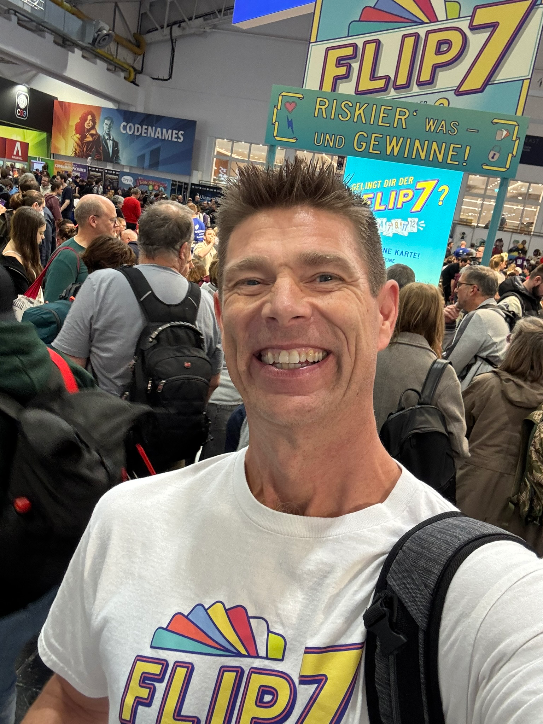
Biographies and Interviews
Catching up with Eric Olsen, The Inventor of Flip 7 and Co-Creator of Messy Table Games
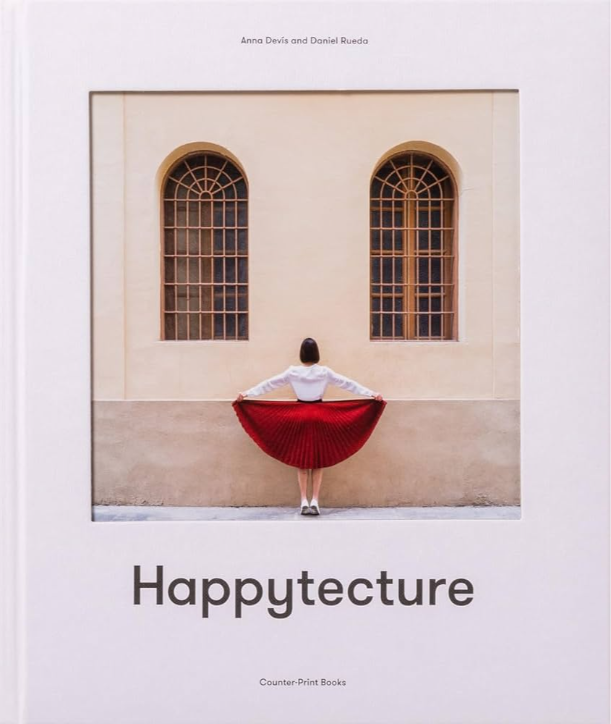
Reviews
Book Review: Happytecture by Anna Devís & Daniel Rueda

Biographies and Interviews
From Stage Lights to Game Nights: McMiller’s David & Julian on Shark Tank (Dec 10th), Viral Success & Building a Business With Your Husband
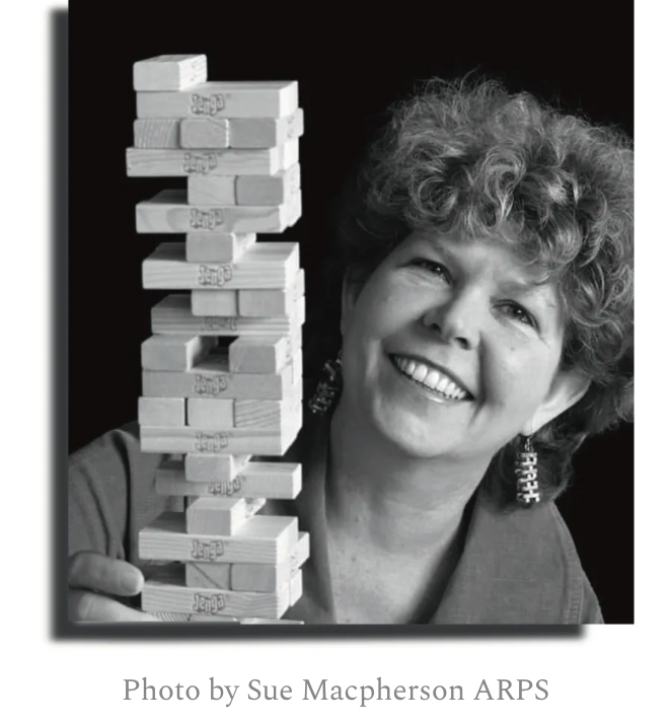
Press Release
Leslie Scott (creator of Jenga) announces the launch of BOUNDLESS PLAY

Press Release
New Study Highlights the Importance of Shopping from Trusted Toy Brands & Retailers this Cyber Monday
See more
Recent Wiki
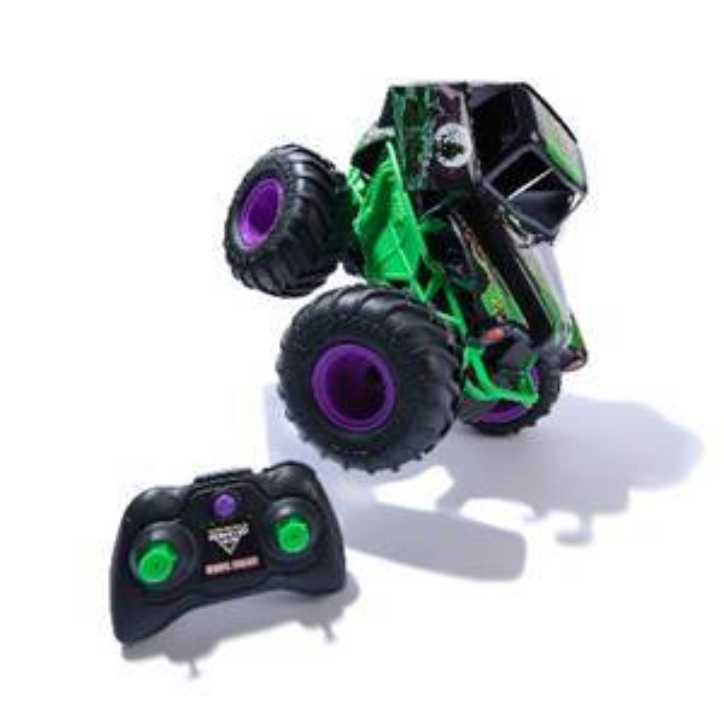
BOOK REVIEWS
Toy Review: Monster Jam Smash & Bash Grave Digger Monster Truck
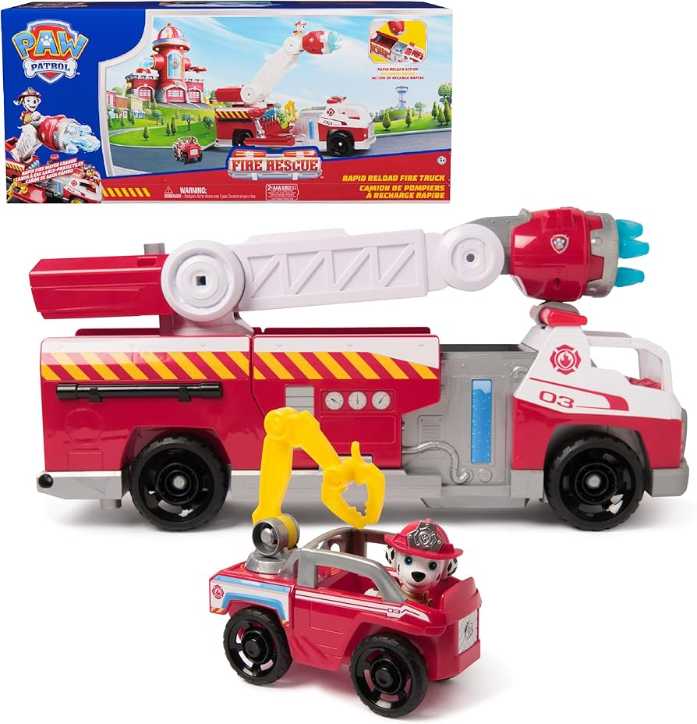
BOOK REVIEWS
Toy Review: Marshall's Rapid Rescue Fire Truck
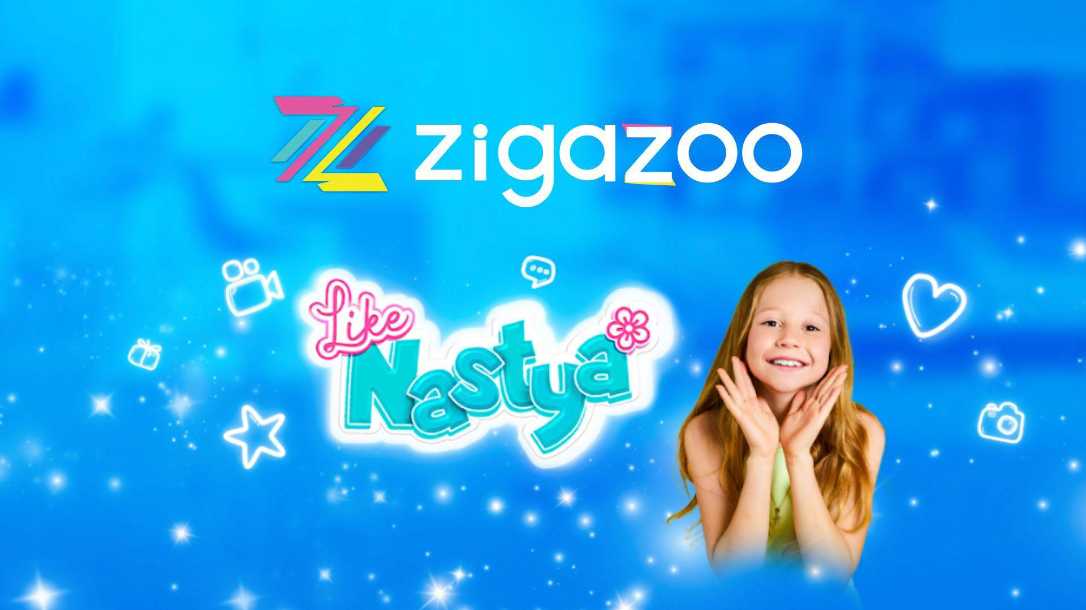
COMPANIES
Zigazoo Secures Partnership with YouTube Star Like Nastya to Inspire Millions of Kids
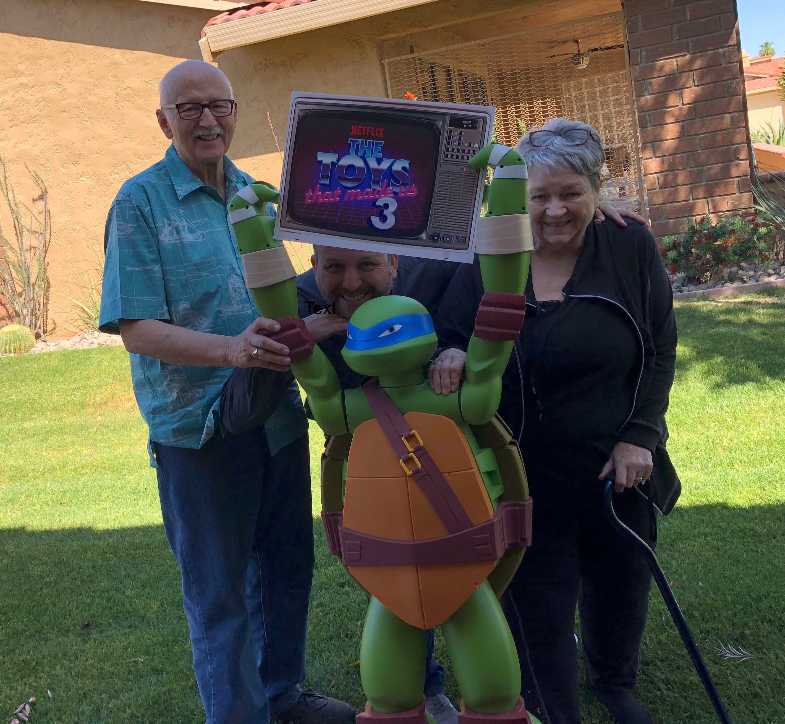
PEOPLE
A Legacy of Play: Inside the Carlson Family’s Multi-Generational Journey Through the Toy Industry
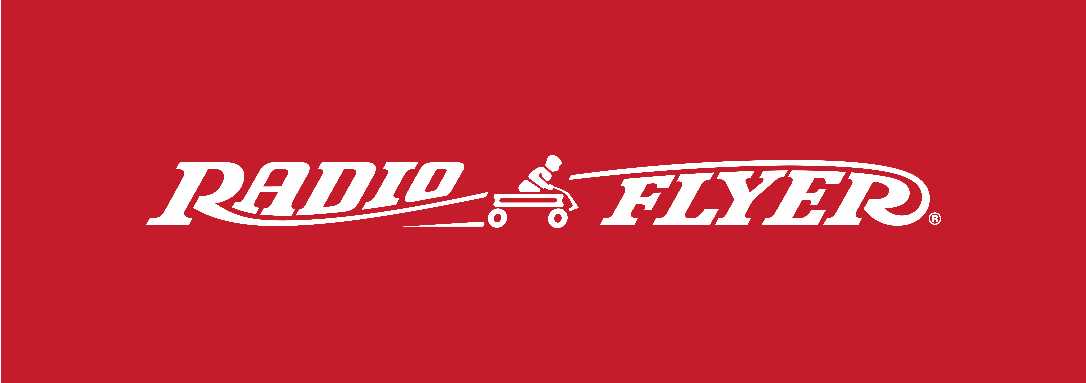
COMPANIES
Radio Flyer Studios Announces the Launch of its First Original Animated Series, Max & Maple: The Can-Do Kids
See more
POP's Got Talent

POP Entertainment
Randy Klimpert Shares his Ukulele Collection

POP Entertainment
Steve Casino Peanut Art

POP Entertainment
Everyone's Talking about POP!
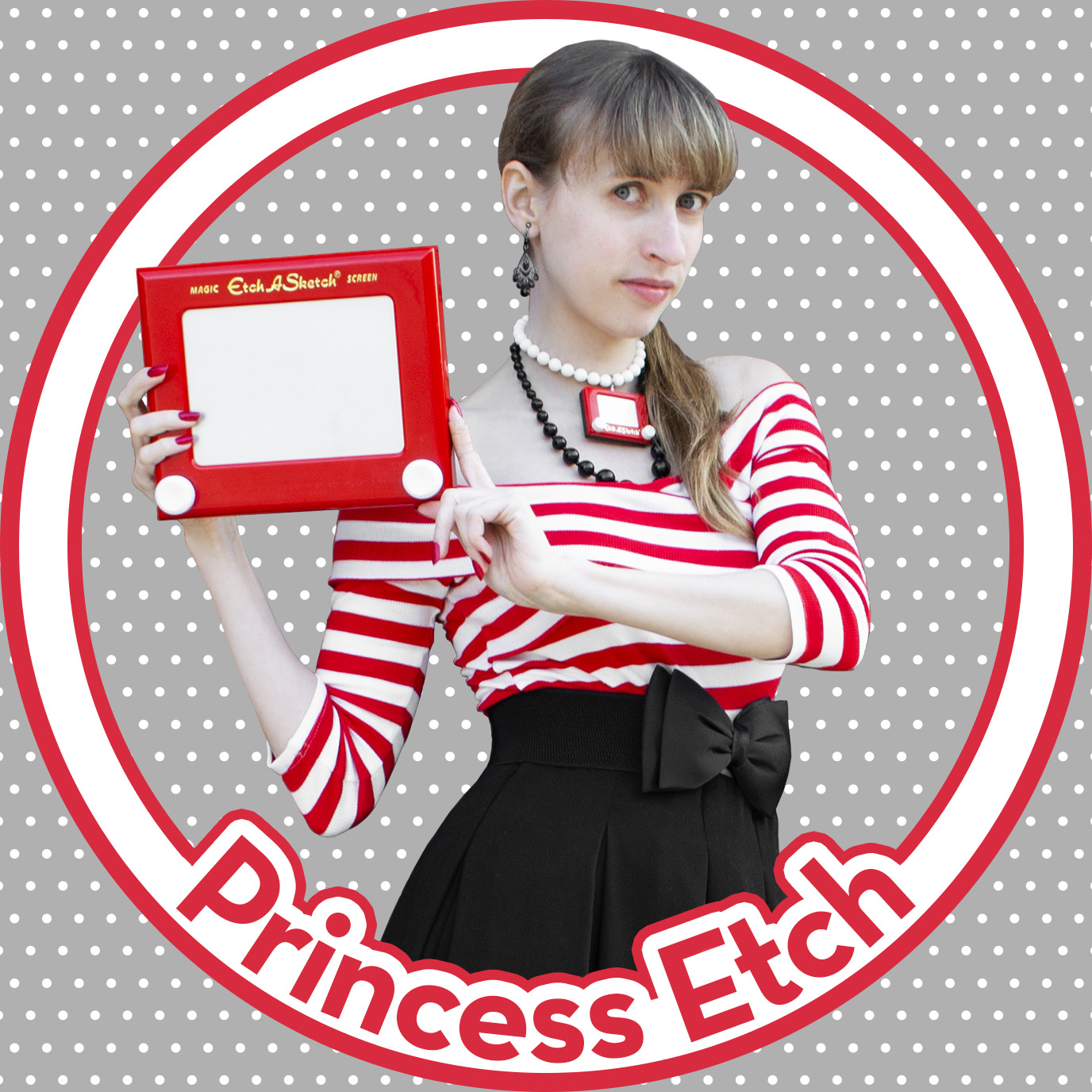
POP Entertainment
Princess Etch - a Multi-Talented Etch A Sketch Artist
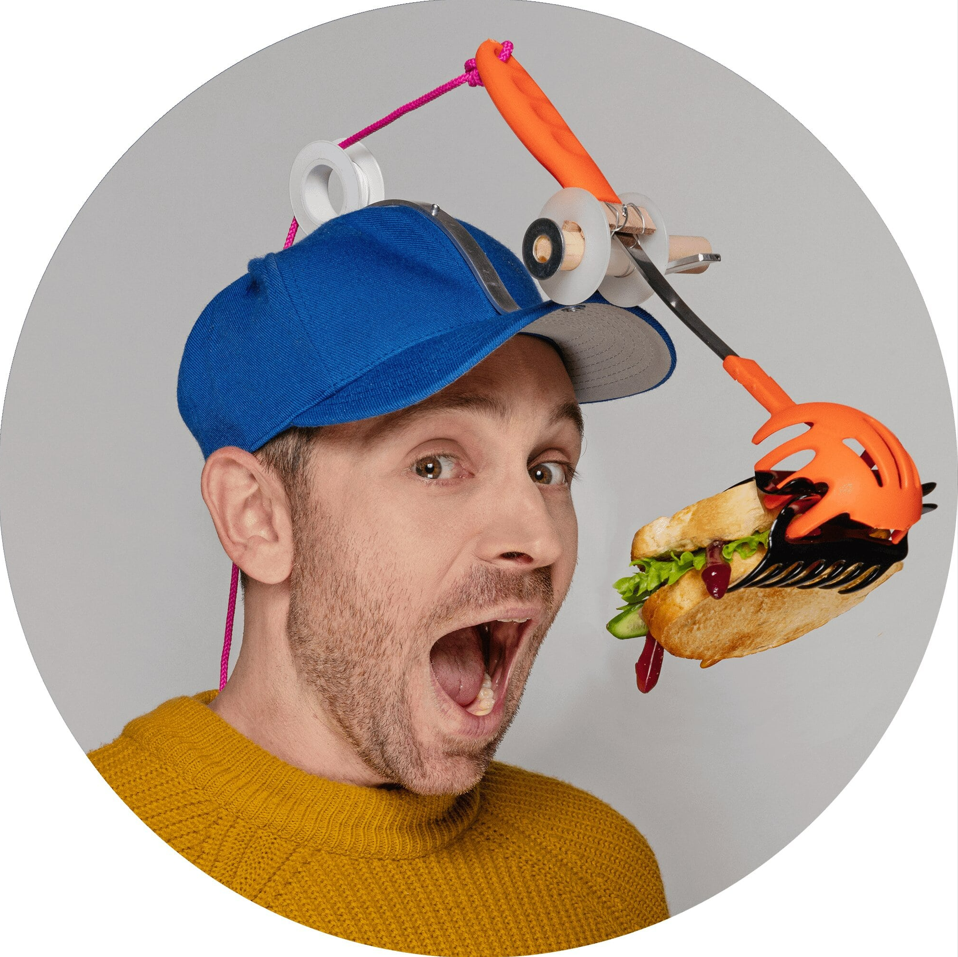
POP Entertainment
Joseph Herscher of Joseph' s Machines.
See more
Recent POPcast
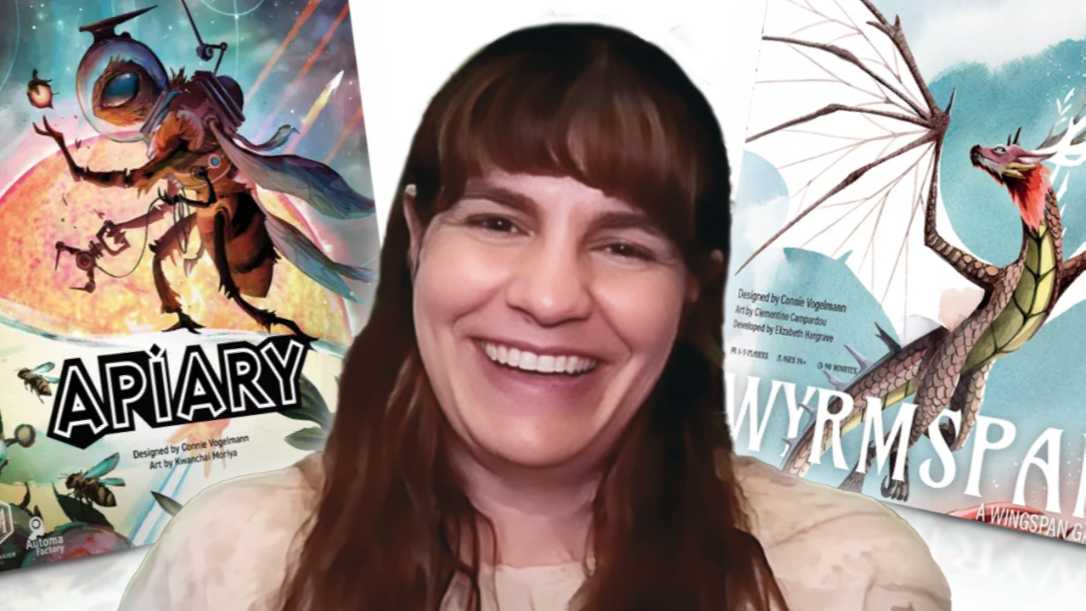
Hidden Role: The Brains Behind your Favorite Games
Connie Vogelmann designed Apiary & Wyrmspan!

Hidden Role: The Brains Behind your Favorite Games
Bob Fuhrer... Is THE Crocodile Dentist!

Hidden Role: The Brains Behind your Favorite Games
Tom Dusenberry... Bought Atari, Wizards of the Coast, and Avalon Hill!
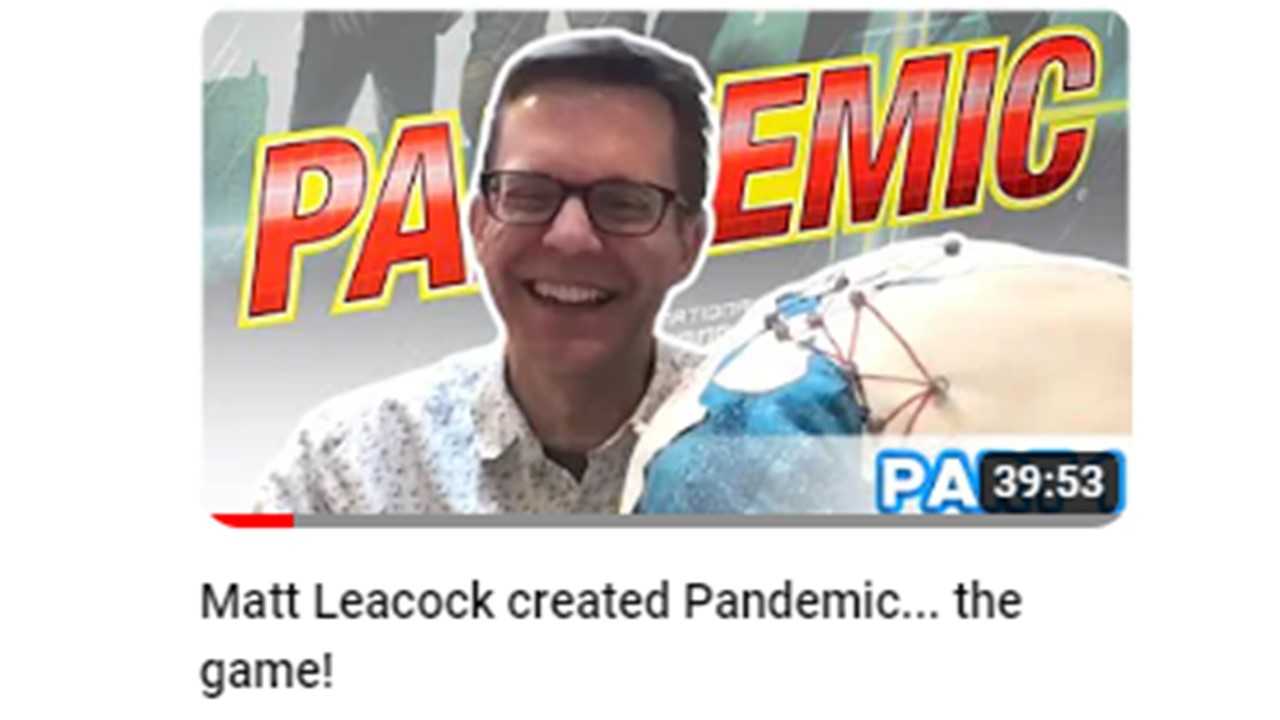
Hidden Role: The Brains Behind your Favorite Games
Matt Leacock created Pandemic... the game!

Hidden Role: The Brains Behind your Favorite Games
Scott Brown and Tim Swindle... are Launching a New Sport!
See more
POPDuos

POPDuos: Interviews with Legends and Leaders
POPDuo: Richard Dickson, Mattel’s President & COO, and Kedar Narayan, Young Inventor Challenge AMB

POPDuos: Interviews with Legends and Leaders
POPDuo: Will Shortz and Josh Wardle

POPDuos: Legends and Leaders Explore Creativity
POP Duo: Elan Lee, Co-Founder, Exploding Kittens.and Jeff Probst, Host and Exec Producer, Survivor

POPDuos: Legends and Leaders Explore Creativity
POP Duo: David Fuhrer, MNG Director, Blue Sq Innovations & Shawn Green, past Dodgers & Mets MLB Star

POPDuos: Legends and Leaders Explore Creativity
POP Duo: Bob Fuhrer, Founder, Nextoy and Tom Fazio, Golf Course Designer
See more
